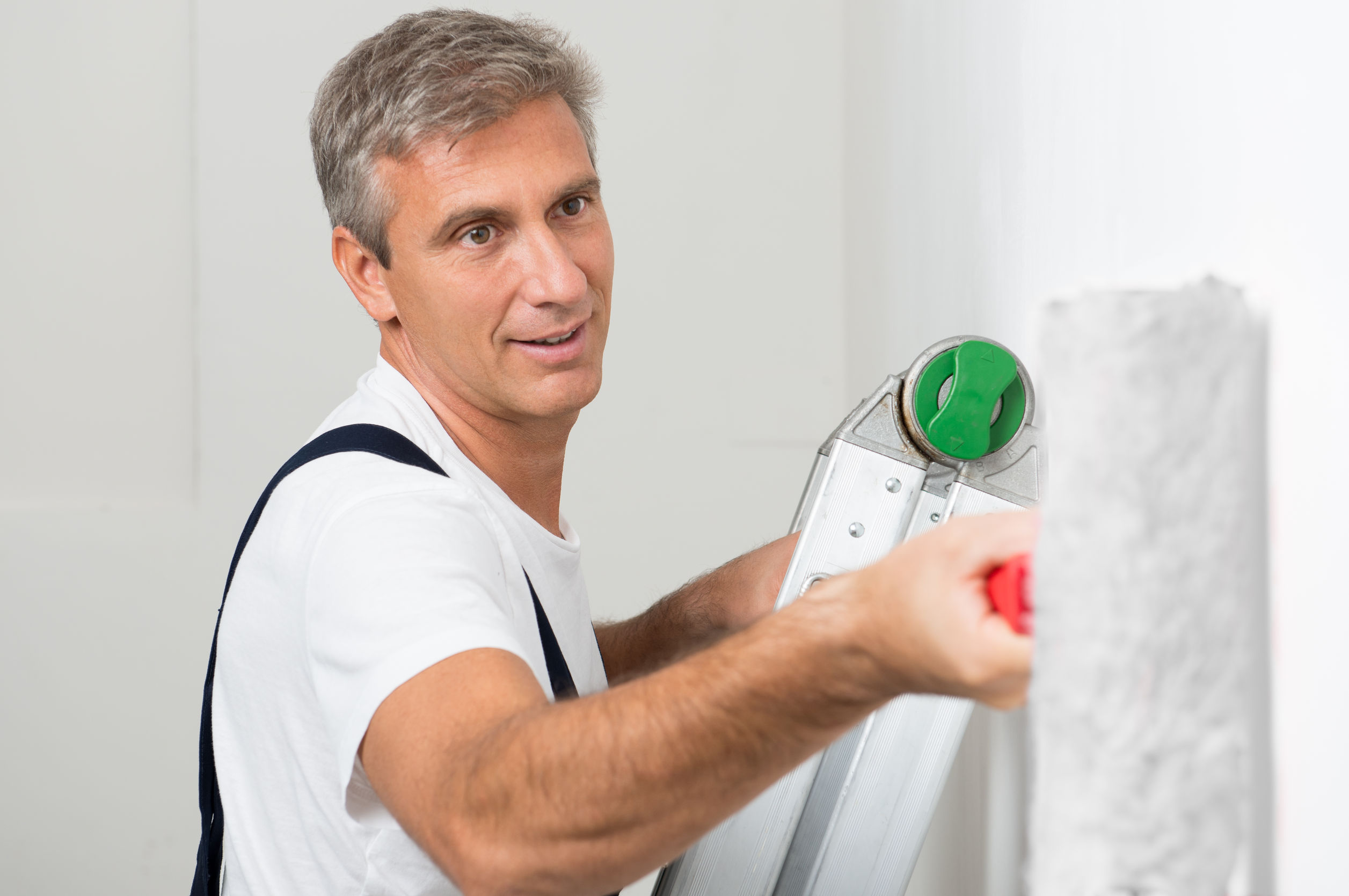There are many aspects of chimney maintenance and Chimney Repair in New Britain Ct that property owners have to understand. For example, how often should a property owner get a chimney swept? Experts in fire safety tend to agree that a chimney should be inspected at least once a year. Some people think that if they aren’t using their chimneys they don’t have to get them inspected. Since animals can nest inside chimneys and chimneys can become damaged even when they aren’t used, inspections still have to be done. Once an inspection is done, it can be determined whether or not the chimney has to be swept.
Some people who own fireplaces often wonder why there is a strong odor coming from their fireplaces. This odor is caused by a substance known as creosote. Creosote sticks to the inside of chimneys. It will pile up if it isn’t regularly cleaned off. In most cases, the odor from creosote is more offensive in the summer. This is because of the high humidity combined with the heat. Some people use special chimney deodorants to help deal with the smell. Also, a top-mounted damper can be installed to restrict the amount of air flow that the chimney is introducing to the home.
Sometimes, just looking at a chimney can tell a person if Chimney Repair in New Britain Ct is needed. A good portion of a home’s chimney can be seen from the ground. A severe storm can damage a chimney. People who notice chimney damage from the ground should visit the website of a company that can deal with the damage. On the websites, people can usually follow the ” Click here ” to make appointments for inspections and repairs. In some cases, professionals can schedule an appointment the same day if they are contacted early enough in the day.
For people who regularly use their fireplaces, proper chimney maintenance can save their lives. Blocked chimneys can cause dangerous gases to get trapped inside a building. If exposed to these gasses long enough, people can die. Chimney sweepers can help people place carbon monoxide detectors in their homes for maximum protection against carbon monoxide poisoning.


